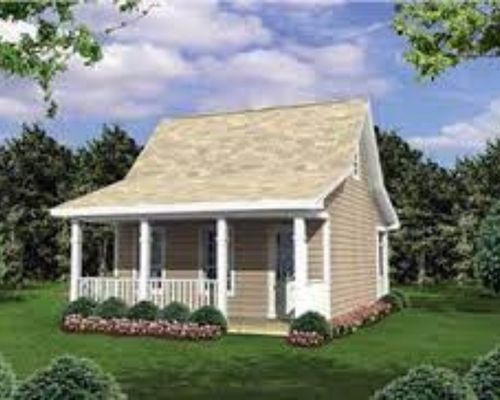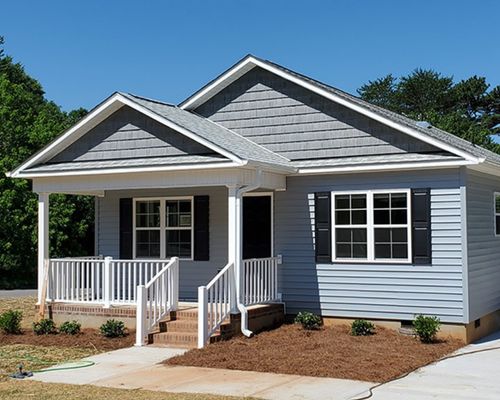What is a House?
A house is a single-unit residential building. It typically contains one or more bedrooms, one or more bathrooms, and a living room.

Types of Houses
There are a number of different types of houses, each with its own unique features and benefits. Single-unit residential buildings are the most common type of house.
Components of a House
A house is a single-unit residential building. Generally, the term refers to any structure that has one or more rooms used as living quarters, whether or not it is permanent. A house typically includes an exterior covering and supporting framework, which may include a roof and walls. The interior of a typical house consists of one or more rooms, each with its own purpose.
Typically, a house contains four basic components: the foundation, the frame, the roof, and the walls. The foundation is usually constructed at a level above ground to support the weight of the rest of the structure. The frame is made up of individual boards or panels that are nailed together to create a framework for the walls and roof. The roof and walls are typically made from materials such as wood, metal, or concrete.

How Houses are Built
There are many different ways to build a house. In traditional houses, each unit is built separately and then assembled on-site. This method is used for small homes and cottages, but it's not very efficient because it takes a lot of time and labor to put the units together.
House Functions
The house is a single-unit residential building that typically contains one or more rooms and a bathroom. The purpose of the house is to provide shelter and protection from the elements for its occupants.
Conclusion
A single-unit residential building is a popular choice for people who are looking to downsize and simplify their lives. It's also an affordable option that can accommodate a wide range of lifestyles. When you choose a single-unit residential building, you'll get all the benefits of living in a house but with the convenience and space of living in one unit.
